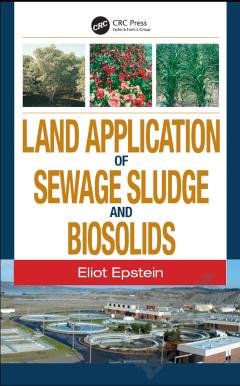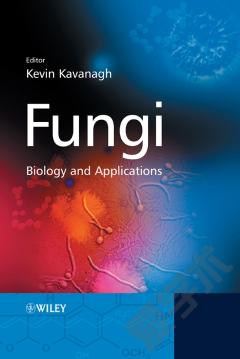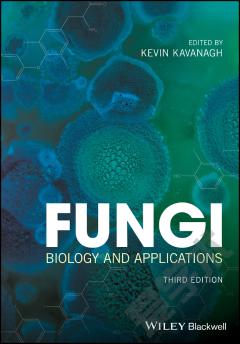Waste and Biomass Application
National energy needs have been met by non-renewable energy resources, such as natural gas, petroleum, coal and so on. However, non-renewable energy reserves are depleting and there will be an energy crisis. Conversion of biomass into energy is one solution to overcome this. Indonesia, with its biodiversity, has enormous biomass potential, especially from oil palm plantations and also sugar cane plantations. From the oil palm plantation point of view, oil palm shells and oil palm empty fruit bunches are side products. These wastes can be treated with gasification technology to produce gas fuel. The gasification tool model used in this study is a downdraft gasifier equipped with a cyclone to separate gases with solids or liquids resulting from the gasification process. The results of the gasification process show that the more feeds are introduced, the more syngas is produced during the gasification process. The more feeds, the longer the syngas release time. The two variables have a correlation, that is, between the weight of syngas and the time for syngas removal to increase in line with the addition of the amount of feed entered. Syngas analysis of oil palm empty fruit bunches contains 4.959% H2 and 5.759% CO. Whereas the analysis of syngas of oil palm shells contained 2.524% H2, 6.391% CO, and 0.895% CH4.
{{comment.content}}








 京公网安备 11010802027623号
京公网安备 11010802027623号